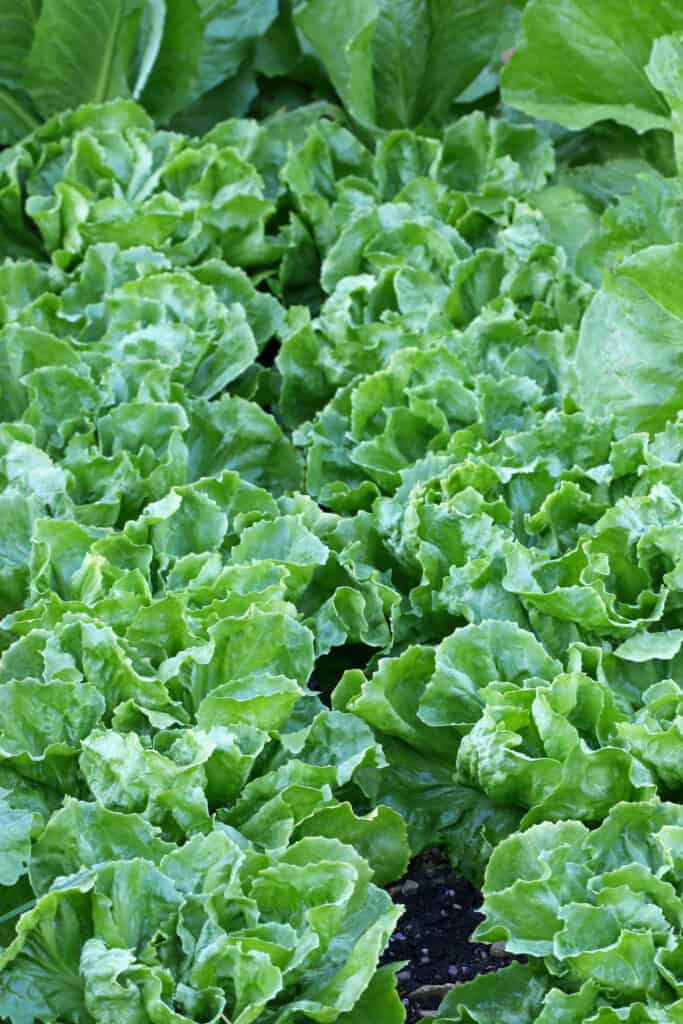Curly or curled endive and escarole are cool-weather vegetables; they are varieties of the same plant. Curly endive has curled, ruffled leaves and escarole has smooth leaves. Curly endive is sometimes called frisee.
Sow endive or escarole seed in the garden as early as 4 to 6 weeks before the average date of the last frost in spring. Seeds started indoors for transplanting out can be sown 8 to 10 weeks before the average last frost. Grow crops so that they come to harvest before temperatures average higher than 85°F (29°C). Each requires 85 to 100 days to reach harvest.
Related articles:
- Escarole and Curly Endive Serving Tips
- How to Cook and Serve Belgian Endive
- Endive and Escarole Seed Starting Tips
- How to Harvest and Store Endive and Escarole
- How to Plant and Grow Endive and Escarole
- How to Grow Chicory and Belgian Endive
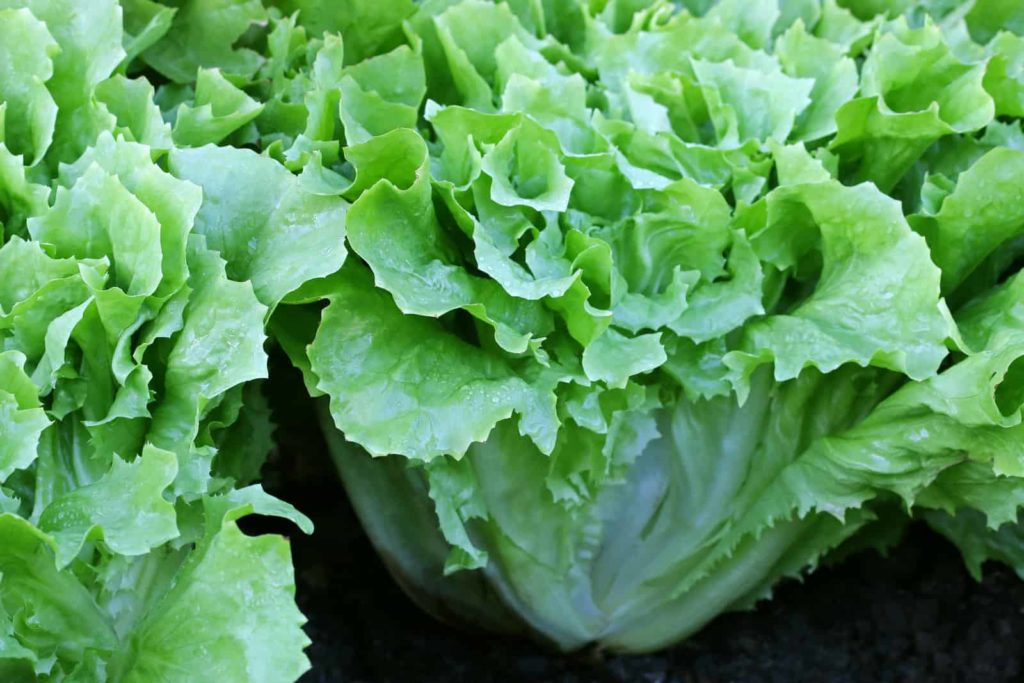
Endive and escarole are cool-season biennials grown as annuals. Both are salad greens similar to lettuce but stronger flavored. Both are commonly blanched to give them a paler appearance and milder flavor. Both grow from a large rosette of light-green leaves in the center that graduate to dark green at the outer edges. Escarole has broader leaves; endive is commonly curled and often toothed. Endive is different from Belgian endive which is the young blanched sprout of the chicory plant.
Yield. Plant 2 to 3 plants per household member.
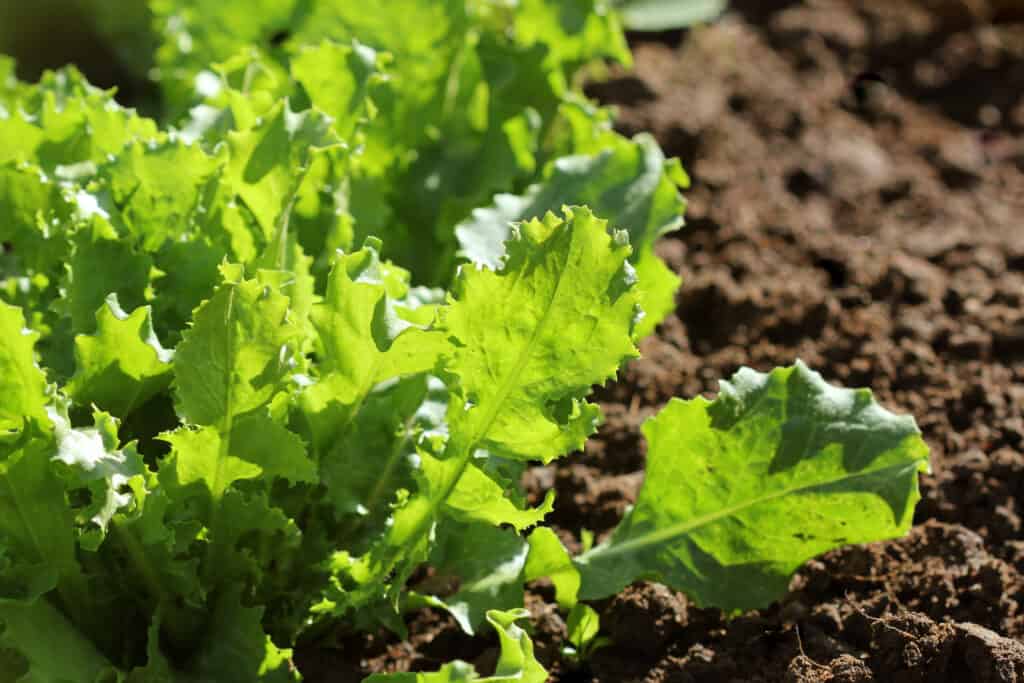
Where to plant endive and escarole
Grow endive and escarole in full sun. These plants prefer well-worked, well-drained soil that is moisture retention. Add aged compost to planting beds in advance of planting and side-dress these crops with compost at midseason. Endive and escarole prefer a soil pH of 5.0 to 6.8.
When to plant endive and escarole
Sow endive or escarole seed in the garden as early as 4 to 6 weeks before the average date of the last frost in spring. Seeds started indoors for transplanting out can be sown 8 to 10 weeks before the average last frost. Grow crops so that they come to harvest before temperatures average higher than 85°F (29°C); they are more tolerant of heat than lettuce. Each requires 85 to 100 days to reach harvest. Sow succession crops, every 2 weeks beginning in midsummer. In mild-winter regions, grow endive spring, autumn, and winter.
More tips at Endive and Escarole Seed Starting Tips.
Planting and spacing endive and escarole
Sow seeds ¼ inch deep and 1 to 2 inches (2.5-5cm) apart. Thin successful seedlings from 6 to 12 inches (15-30cm) apart. Space rows 18 to 24 inches (45-61cm) apart. Thinning is important; crowded plants may bolt and go to seed.
Endive and escarole companion plants
Plant endive and escarole with radishes, turnips, and parsnips. Do not plant with pumpkin or squash.
Container growing endive and escarole
Endive and escarole can be grown singly in a 6-inch (15cm) pot. In larger containers, grow plants in 10-inch (25cm) centers.
Watering and feeding endive and escarole
Keep the planting bed moist and evenly watered so that endive and escarole grow quickly; lack of water will slow growth and cause the leaves to become bitter. Add aged compost to planting beds before sowing and side-dress plants with compost at midseason.
Blanching endive and escarole
Endive and escarole are commonly blanched to remove some of their bitter flavors. Blanching covers the heart of the plant depriving leaves of sunlight and slowing the production of chlorophyll which causes the bitter flavor. Blanch endive and escarole 2 to 3 weeks before harvest when outer leaves are 4 to 5 inches (10-12cm) tall. Here are three ways to blanch endive and escarole: (1) Pull the outer leaves together and hold them in place with a tied string or rubber band; be sure leaves are not wet before pulling them together or they may rot; (2) lay a board on supports over the center of the row and the center of the plants; (3) place a flowerpot over each plant. Plants will be blanched in two to three weeks.
Endive and escarole pests and disease
Aphids, cutworms, slugs, and snails may attack endive and escarole. Place a collar around each plant to discourage cutworms. Trap slugs and snails with a saucer of stale beer set flush to the soil. Pinch out aphid-infested foliage, or hose aphids off the plant.
Endive and escarole have no serious disease problems.
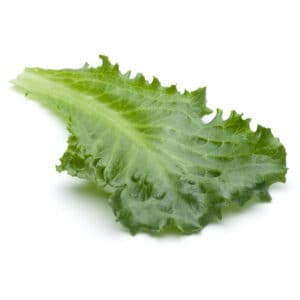
Harvesting and storing endive and escarole
Endive and escarole are ready for harvest when leaves are 5 to 6 inches (12-15cm) tall, about 85 to 100 days from sowing. Cut off the plant just above soil level; plants will re-sprout for a continuous harvest.
More tips at How to Harvest and Store Endive and Escarole.
Endive and escarole will keep in the refrigerator for up to 2 weeks. You can freeze, can, or dry endive and escarole.
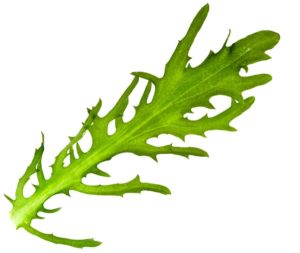
Endive and escarole varieties to grow
- Curled endive also called frisee: ‘Frisan’ (98 days); ‘Galia’ (45-60 days); ‘Green Curled Ruffec’ (90 days); ‘President’ (80 days); ‘Salad King’ (98 days); ‘Tosca’; ‘Tres Fine Endive’ (48 days).
- Broad-leaf escarole: ‘Broad-leaved Batavian’ (90 days); ‘Coral’; ‘Florida Deep Heart’; ‘Full Heart Batavian’ (90 days); ‘Sinco’ (83 days); ‘Sinco Escarole’.
Common name. Endive, escarole
Botanical name. Cichorium endivia
Origin. South Asia
Related articles:
How to Plant and Grow Endive and Escarole
Edive and Escarole Seed Starting Tips
How to Harvest and Store Endive and Escarole
Escarole and Curly Endive Serving Tips
How to Grow Chicory and Belgian Endive
How to Cook and Serve Belgian Endive
How to Plant and Grow Radicchio
How to Harvest and Store Radicchio
Four Ways to Cook and Serve Radicchio
More how to grow tips:
Learn how to plant, grow, and harvest your favorite vegetables. Click below for all you need to know.
- Artichoke
- Arugula
- Asparagus
- Beans, Snap
- Beets
- Broad Beans
- Broccoli
- Brussels Sprouts
- Cabbage
- Cantaloupe — Melons
- Cardoon
- Carrots
- Cauliflower
- Celeriac
- Celery
- Chard
- Chayote Squash
- Chickpeas
- Chicory
- Chinese Cabbage
- Collards
- Corn Salad
- Corn, Sweet
- Cresses
- Cucumbers
- Eggplant
- Endive and Escarole
- Fava Beans
- Florence Fennel
- Garbanzo Beans
- Garlic
- Horseradish
- Jerusalem Artichoke
- Kale
- Kohlrabi
- Leeks
- Lettuce
- Lima Beans
- Melons
- Mizuna
- Mustard Greens
- New Zealand Spinach
- Okra
- Onions
- Parsnips
- Peanuts
- Peas
- Peppers
- Potatoes
- Pumpkins
- Radicchio
- Radishes
- Rhubarb
- Rutabaga
- Salsify
- Shallots
- Sorrel
- Southern Peas
- Soybeans
- Spinach
- Squash, Summer
- Squash, Winter
- Sunchokes
- Sweet Potato
- Swiss Chard
- Taro
- Tomatillo
- Tomatoes
- Turnips
- Watermelon
- Zucchini
Garden Planning Books at Amazon:
- Vegetable Garden Almanac & Planner
- Kitchen Garden Grower’s Guide Vegetable Encyclopedia
- Vegetable Garden Grower’s Guide
- Tomato Grower’s Answer Book
Grow 80 vegetables: KITCHEN GARDEN GROWERS’ GUIDE

